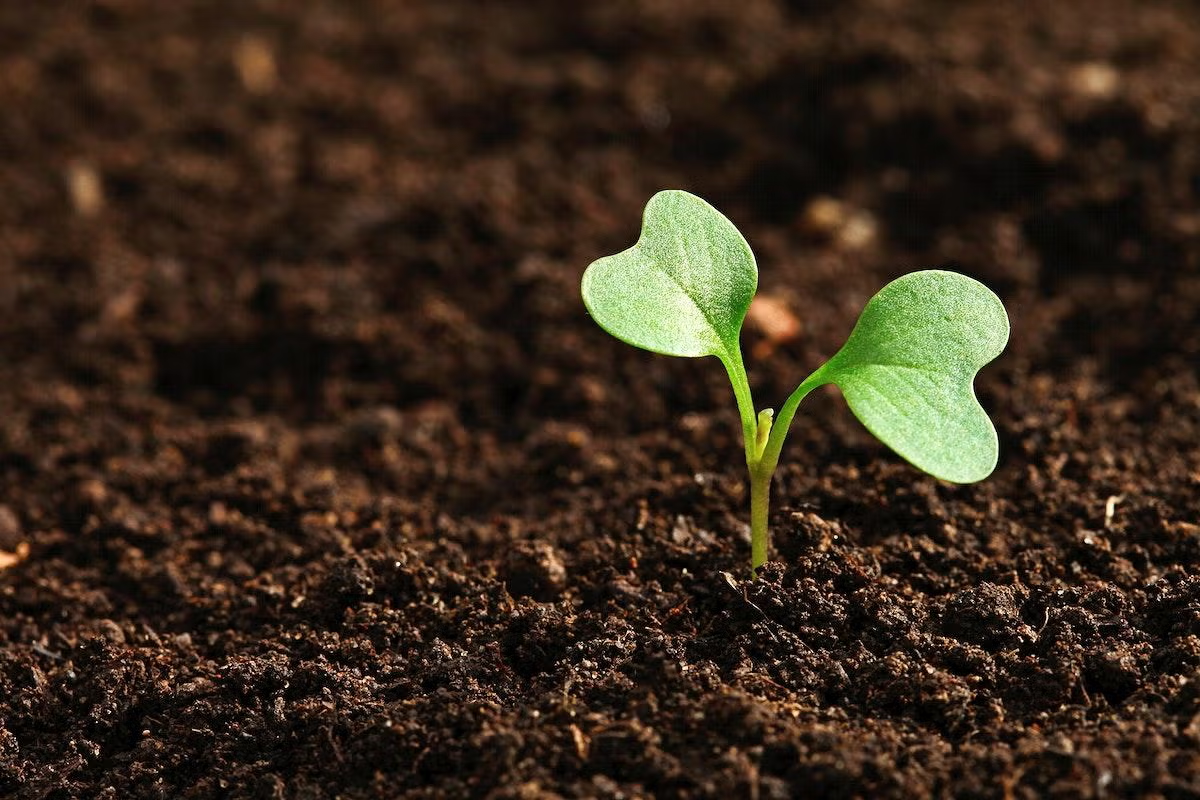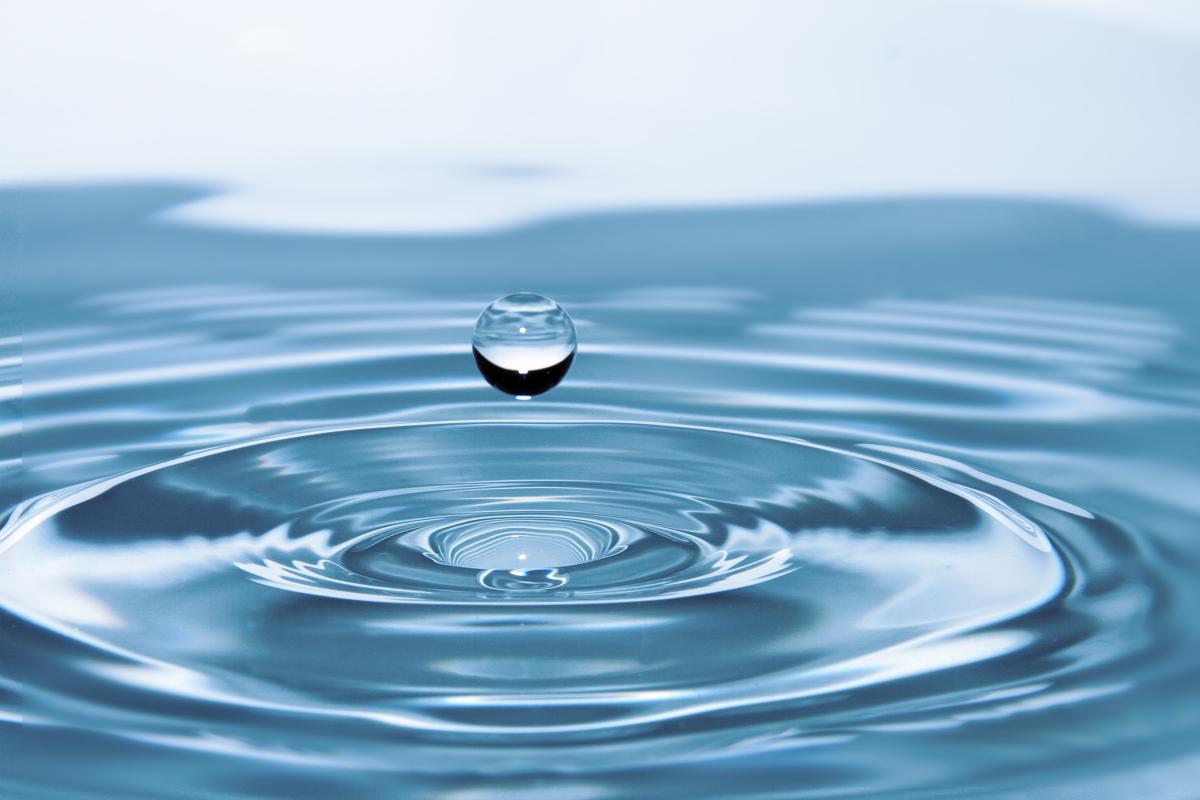Grades:
6th Grade
In this lesson, students will identify the significance of the shapes found in and around their home. Making these connections will provide a real-world framework to their understanding of mathematics
Grades:
8th Grade
This engaging lesson is all about reverse engineering! Students will read and discuss the hook “A.I. Apocalypse”. They learn all about reverse engineering during this project as they determine a
Grades:
4th Grade
This lesson is the final project in a unit that focuses on circuitry. The task is for students to plan, design, and test a 3D house using electrical circuits that function correctly. To add more
Grades:
6th Grade
In this 3rd and final lesson in a series of 3, students examine prior knowledge about the real-world problem of the Great Pacific Garbage Patch and apply their findings to design solutions. Students
Grades:
1st Grade
Students will grow to understand what decomposition is and why it is a vital part to their compost bins success.
Grades:
5th Grade
Students will individually construct straw rockets. Using the launcher, students will learn the concept of Newton's third law of motion: for every action, there is a equal and opposite reaction
Grades:
3rd Grade, 4th Grade, 5th Grade, 6th Grade, 7th Grade, 8th Grade, 9th Grade, 10th Grade, 11th Grade, 12th Grade
It's time to learn about the engineering design process and apply our understanding to make a sandwich! This fun and engaging lesson is flexible and an opportunity to explore the engineering design
Grades:
6th Grade, 7th Grade, 8th Grade
This lesson plan will introduce students to the basics of 3D modeling and design using Tinkercad and allow them to apply their skills to create a model car. It will also help them develop their
Grades:
7th Grade
In this 1st lesson in a series of 2, students will analyze features of water cups for how effective they are at keeping our water cold while we are at school. Students will then use this knowledge to
Grades:
6th Grade, 7th Grade, 8th Grade, 9th Grade
Summary - Students will be identifying the structures and functions of plant reproductive parts. Materials - Flowers, scissors, magnifying lenses, resource materials (internet/textbook)
Grades:
4th Grade
In this lesson, students work in groups to simulate a rainstorm and explore ways to manipulate rainwater. Materials include a plastic or aluminum bin, paper, spray bottles, markers, and an array of
Grades:
4th Grade
This would be an end of the unit project. Students would need prior knowledge about animal adaptations and biomes/habitats. Students will use Flipgrid to share, but you could use any other video app
Grades:
Kindergarten
In this lesson, students go on a nature walk, notice nature, and increase their observation skills. They will identify different plant types and make connections to the plant’s needs: sunlight, soil
Grades:
2nd Grade
Lesson Summary: 2nd Grade students listen to the story; Sadie Sprocket Builds a Rocket and reflect how they would create and design a space lander/rover. We watch the video; Curiosity; Mars Rover and
Grades:
6th Grade
In this unit, students will study the effects of atmospheric pressure and air resistance on objects to engineer a landing apparatus to land cargo in space. They will then write a Claim based on
Grades:
6th Grade, 7th Grade, 8th Grade
Lesson Summary: Students code sprites in scratch to animate the Central Dogma of Biology Materials: Laptops Agenda: The teacher will introduce a list of items like the following: aquarium, bicycle
Grades:
6th Grade
In this lesson, students will identify the significance of the numbers found in and around their home. Making these connections will help strengthen number sense and provide a real-world framework to
Grades:
6th Grade, 7th Grade, 8th Grade, 9th Grade
Students will create Rube Goldberg machines from simple machines in this engaging lesson. The teacher can determine materials such as wooden planks, paper towel rolls, bottle caps, marbles, cardboard
Grades:
4th Grade
The project requires students to act as mechanical and electrical engineers who are tasked with planning, designing, and testing a new toy invention. This toy must have functioning lights, and teams
Grades:
6th Grade, 7th Grade
Students explore the relationship between the speed(rate of travel) of an object, the distance it travels, and the amount of time it travels for. Teachers may use: A- Air rockets(from a previous
Grades:
5th Grade, 6th Grade, 7th Grade
Students will learn about the physics of motion and force and use those to create a mini-golf course hole that has obstacles and an environmental awareness theme.
Grades:
6th Grade
Students construct models of various molecules, create histograms of the frequency of elements, and diagram parts of an atom. Students will deepen their understanding of matter--that tiny particles
Grades:
5th Grade
This is the 2nd part in a 4-lesson series. This lesson is on the fins and how they work with balanced and unbalanced forces. Students will need the worksheet, the article for read and reflect, foam
Grades:
6th Grade, 7th Grade, 8th Grade
Model Building For Disaster is a 4-6 week unit in which students research natural disasters around the world and their effect on developing countries. Following their research, student teams design
Featured Lesson Plans
Check out these notable lesson plans.

Featured
Pumpkin Jack Part One
Grades:
4th Grade
This lesson includes fourth grade reading, writing, math, science, and engineering standards. The potential is endless with additional enrichment activities. Students participate in the nurturing and

Featured
Simple Machines Save the Day
Grades:
5th Grade
In this lesson students read about simple machines and learn that simple machines make it easier to lift or move things and that they can change direction and magnitude of force. Students use LEGOs to

Grades:
6th Grade
Students are tasked with using the Engineering Design Process to create a system of harvesting rainwater to meet the needs of residents in communities that have a scarce water supply (shortage of


